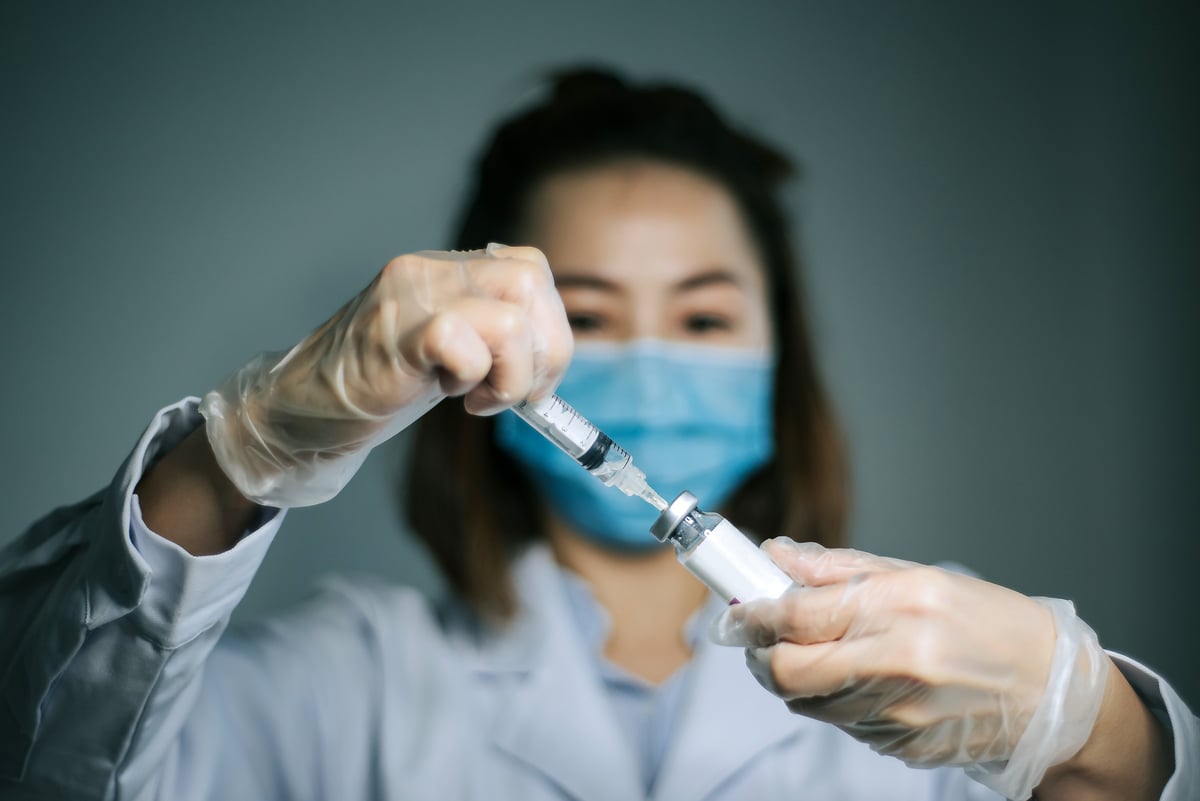The FDA recently approved the first tablet form of an extremely popular type of diabetes treatment and it could shake things up for some of the world's largest drugmakers. Unless you follow the biopharmaceutical industry like it's your job, you probably haven't even yet heard of Rybelsus from Novo Nordisk, but its launch is going to be closely watched by these companies, and others.
| Company (Symbol) | GLP-1 Injection | GLP-1 Sales H1 2019 | Total Revenue H1 2019 |
|---|---|---|---|
| Eli Lilly (LLY +0.07%) | Trulicity | $1.91 billion | $10.7 billion |
| AstraZeneca (AZN +0.49%) | Byetta and Bydureon | $338 million | $11.3 billion |
| Novo Nordisk (NVO 0.53%) | Victoza and Ozempic | $2.20 billion | $8.75 billion |
GLP-1 = glucagon-like peptide-1; H1 = First half. Data source: Company filings.
Last year the American Diabetes Association found that direct costs associated with diabetes care rose to $237 billion in 2017, a 26% increase from five years earlier. The GLP-1 class of drugs has been gaining popularity in this enormous market, and the first tiny tablet option is bound to be a big hit.
Here are four things nearly anyone with big pharma stocks should understand about Rybelsus and the road ahead of Novo Nordisk.
1. It has a huge potential audience
Unlike type 1 diabetes, the pancreas of a type 2 diabetes patient can produce insulin, it just doesn't produce enough to lower a patient's blood sugar to a safe level. Genetic factors play an important role, but sedentary lifestyles coupled with more calories than a pancreas was built to process are the main culprits.
In 2017, the Centers for Disease Control (CDC) estimated the number of Americans with type 2 diabetes at around 28 million, and the trend has spread east with frightening speed. Roughly 10% of adults in China have type 2 diabetes, which works out to at least another 100 million potential Rybelsus customers in that region alone.

Image source: Getty Images.
2. It could quickly rise to the top
In recent years, weekly injections with GLP-1 drugs that nudge the pancreas to produce more insulin have been gaining ground on insulin itself. Global sales of GLP-1 injections are on pace to top $10 billion in 2019, and the competition is intense.
There are already several other GLP-1 inhibitors that haven't been able to keep up with more recently launched options. For example, AstraZeneca's aging Byetta franchise, which has been around since 2005, is still trying to break the $1 billion annual sales barrier.
Sales of Trulicity, which launched in 2014, are still growing fast, but Rybelsus could apply some pressure to Eli Lilly's top-selling drug. Ozempic launched in 2017, and sales of Novo's increasingly popular new GLP-1 drug have already reached a $1.4 billion annualized run rate based on second-quarter sales. Drug launches can be tricky, but we already know that Ozempic's a hit and Rybelsus is a tiny tablet that contains the same GLP-1 agonist, semaglutide.
3. It could save a lot of lives
During a long-term outcome study with high cardiovascular risk patients, those given Rybelsus were 21% less likely to suffer their first heart attack or other major adverse cardiovascular event (MACE) than those given a placebo.
Eli Lilly ran a larger, longer outcome trial with Trulicity that included people with and without a high risk of heart trouble. Trulicity led to a 12% MACE reduction in the larger population, which looks just ordinary next to results for Rybelsus.

Image source: Getty Images.
4. It could be first to cross another finish line
Rybelsus is the first GLP-1 agonist able to be taken orally, and it might also become part of the first treatment for nonalcoholic steatohepatitis (NASH) or fatty liver inflammation. Around a third of adults in the U.S. have nonalcoholic fatty liver disease (NAFLD), which leads to NASH around a fifth of the time. A majority of people with NAFLD and NASH also have type 2 diabetes and the connections between the two diseases aren't as well understood as they could be.
By the end of the year, we should see results from a study Novo Nordisk and Gilead Sciences (GILD 0.77%) began in April. The partners combined Ozempic with two of Gilead's experimental NASH treatments to see if it could reduce inflammation that can eventually shut down a NASH patient's liver. In 2013, Novo showed us that its other GLP-1 drug, Victoza, increased NASH resolution rates and reduced the risk of liver fibrosis, so there's a good chance we'll see some positive results for Ozempic that should carry over to Rybelsus.

Image source: Getty Images.
How big for Novo Nordisk?
Rybelsus will most likely cross the $1 billion in annual sales mark as quickly as it's injectible sibling, Ozempic. Where it goes from there, though, isn't entirely clear due to fierce competition for diabetes patients in the U.S., but the population is so big that it's hard to pin any peak sales potential on Novo's new blood-sugar-reducing tablet.
Novo's top line has risen steadily for over a decade, and we can be relatively certain that Rybelsus will allow it to keep growing for a long time to come. Just remember that in the beginning, plenty of sales for Rybelsus will come at the expense of Ozempic and Victoza.









